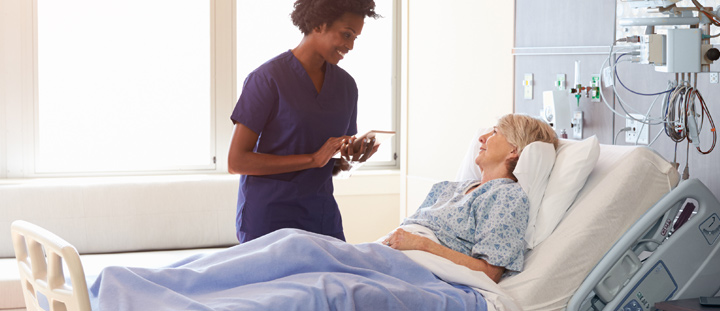What Is Antibiotic Resistance?
Antibiotic resistance doesn't mean your body is resistant to antibiotics, but that the organism infecting you is resistant to them. Antibiotic resistance occurs when bacteria or fungi develop the ability to defeat the drugs meant to kill them; instead of being wiped out by an antibiotic, the organism adapts. It becomes stronger and is no longer vulnerable to antibiotics that used to work.
Penicillin, discovered in 19281 and the very first antibiotic, was a miracle drug which allowed doctors to treat infections that were previously very harmful or even fatal. During and after the 1940s, other types of antibiotics also became available. But bacteria and fungi are like any other living thing — they find ways to survive. And that's exactly what these organisms have been doing for decades. This has led to strains of antibiotic-resistant bacteria that are increasingly harder to kill. In fact, the World Health Organization has declared antibiotic resistance to be one of the biggest threats to global health today.2

Why Antibiotic Resistance is a Problem for Healthcare
Hospitals are veritable petri dishes, and hospital-acquired bacterial infections are already a problem. Antibiotic-resistant infections acquired in-hospital are more difficult and expensive to treat, leading to longer hospital stays, higher costs, and perhaps most importantly higher mortality.
Effective antibiotics are also imperative in the treatment of a variety of conditions from organ transplants to orthopedic joint replacements or rheumatoid arthritis treatment. As bacteria become resistant, these treatments and procedures become more risky.
Healthcare workers are also at risk of hospital-acquired infections, some of which could be antibiotic-resistant. These infections could be spread to vulnerable patients or be difficult to treat, even in healthy people
Antibiotic resistance derives from a variety of factors including interaction of patients and micro-organisms with the hospital environment, and the environment itself. Infection control practices and antibiotic use also play a role; excessive prescribing of antibiotics by hospital doctors contributes to the selection and transfer of resistance genes, while cross colonization of patients — and spread between hospitals — can be reliant on transfer via the hands of staff.
Controlling antibiotic resistance necessitates strategies such as more stringent surveillance, improved detection of and reporting of resistant strains of bacteria should be a priority. Implementing policies governing infection control measures and the use of antibiotics are also imperative.